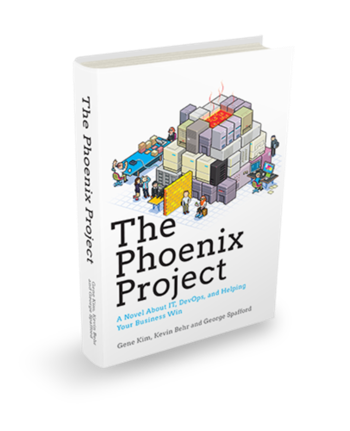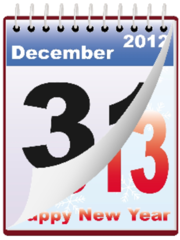The past couple of weeks have been pretty busy for me, both professionally and personally, and I've been a bit negligent in regularly reviewing my task list. I didn't want to lose track of my commitments, high priority items, etc. but I also didn't want to be distracted by the volume of "candidates" in my task list. I'd like to share a technique that works for me in these situation, in hopes that it may add a tool to your toolbox.
Limit your options to increase your leverage
For this technique, I continued with one of the tools from my last post: index cards. Here is how I used them for this technique:
Weekly: Pick your targets for the week
- At the beginning of the week, do a quick and dirty review of your task list.
- Decide no more than 10 things you feel your must get done this week - these should be items that create meaningful outcomes, or fulfill important commitments you have made.
- Grab an index card and write those items on the card. This is your target list for the week.
Daily: Pick two priority outcomes
- At the beginning of the day, pick two things (ideally, outcomes - not granular tasks) on your weekly target card that you will focus on for the day.
- Write them down on a different index card. This is the one card you'll carry with you all day and use to focus your attention. Try not to exceed two - remember this is all about focus.
During the day: Focus yourself and manage the distractions
- Any time you have discretionary time, take out your card and decide on a next action you can take that will help you achieve your two targets for the day, and begin working that next action.
- If you find yourself working on another item, stop it if you can (I know there are emergencies you can't just say "no" to, but make sure it really is a non-optional item if you're going to do it).
- If you work on anything other than your "big two" for the day, write it on the back of the card so you can reflect on it later and determine if it was really necessary or not.
At the end of the week: Study how you did and learn from it.
- Repeat this process every day during the work week.
- At the end of the week, look at what you've done, review the distractions you've noted on the back of your daily cards, and see what there is to learn.
I think you'll find you have either completed quite a few (if not all) of your "must do" items, renegotiated them, or decided they weren't really "must do" after all.
I also think you'll have some good insight into the things that detract from your focus during a typical week. What (or who) are your biggest distractions, and what can you do to overcome them?
Keep in mind, this is not a technique I use very week - I just fall back to it when I feel overwhelmed by the choices in front of me.
What about you? Do you have any good techniques that work for you? I'd love to hear them. I'd also like to know how the technique I describe works (or doesn't work) for you.






